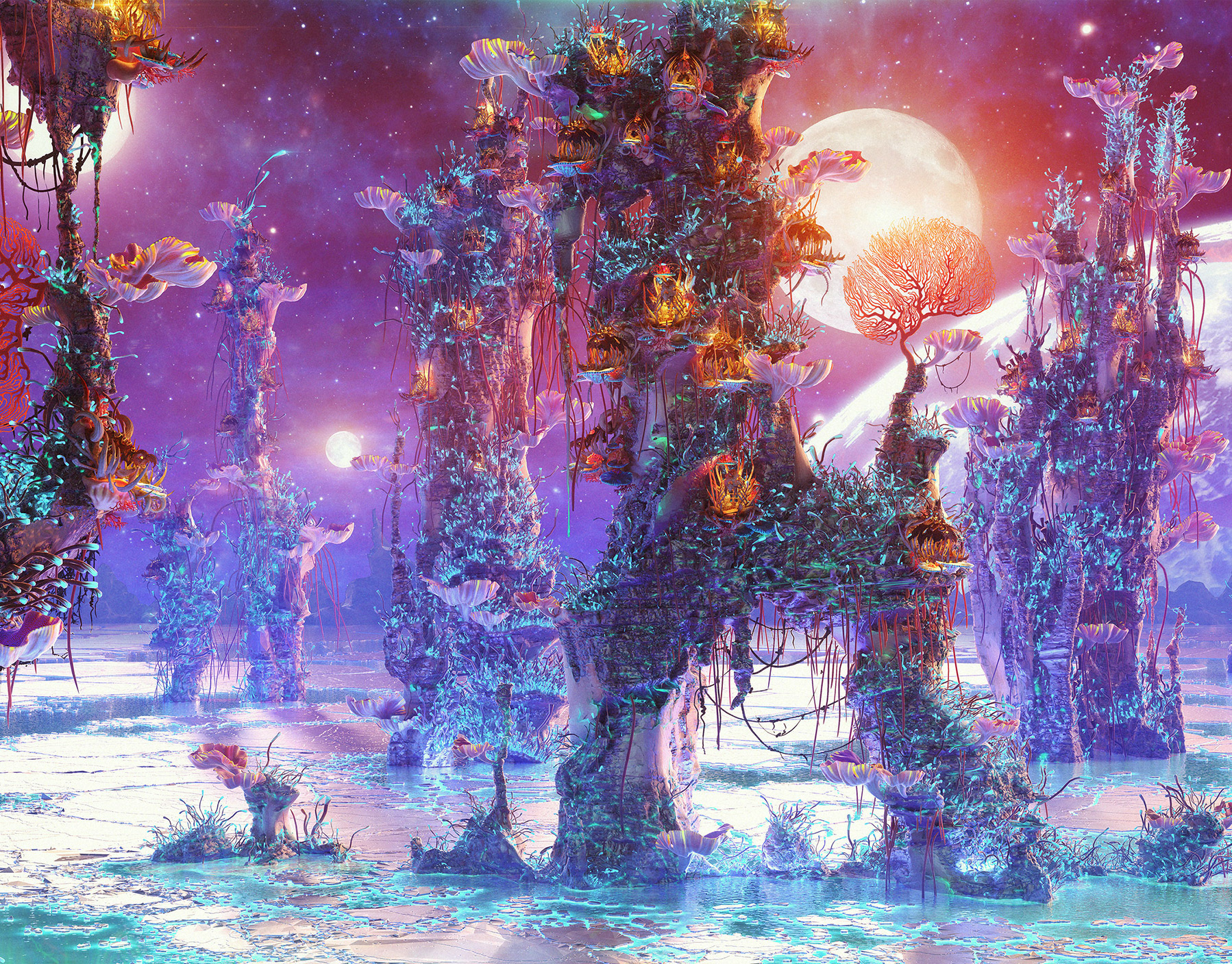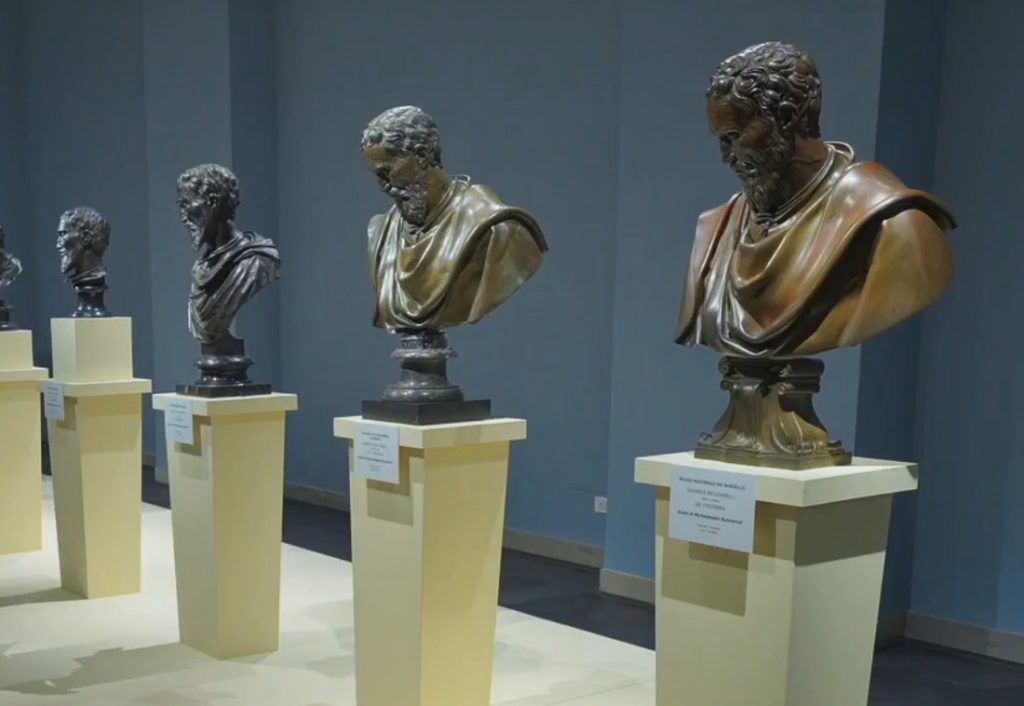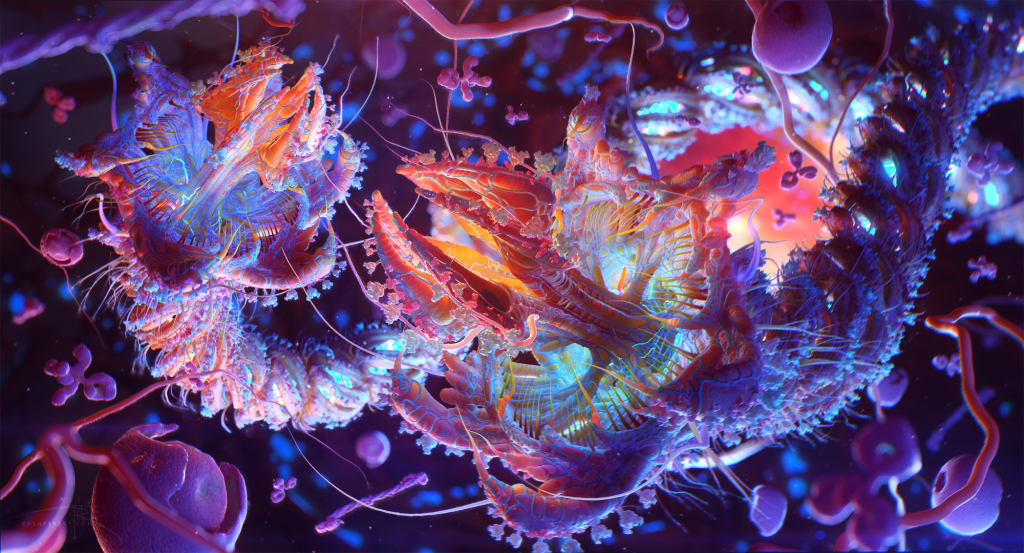Author: MediaStorm
3D scanning is no longer a novel topic today when everyone can take a series of images of an object and use computer software to process these images to generate a clean model. However, the project I am interested in expands the scope of 3D scanning drastically by reproducing the Laojun mountain temple in China. The immense size of temples requires them to use drones to take images of the temples carefully. To do that, they used software to select a region they wanted to scan. The software then calculated the flying route to control the drone so it could scan the temples accurately.


The best part I love about this project is that they have to climb up the mountain several times to control the drone and get to appreciate the temples in real life. Many ancient architectures are not properly taken care of, and even for those that get protected, they will eventually collapse someday. Therefore, 3D scanning could be a reliable way to produce 3D models of these buildings and make sure they exist in digital forms forever.
![[OLD SEMESTER] 15-104 • Introduction to Computing for Creative Practice](https://courses.ideate.cmu.edu/15-104/f2022/wp-content/uploads/2023/09/stop-banner.png)


